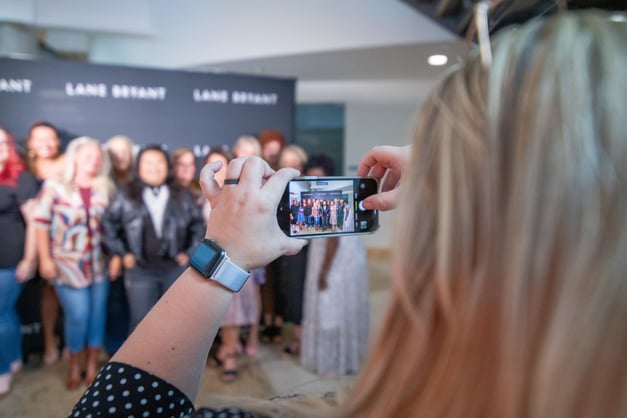Have you ever tried to carry on the same conversation in two places? Perhaps you’re communicating with a coworker on Slack while also emailing back and forth with a client. It can be hard to stay focused on two audiences at the same — and that’s the kind of problem many virtual event producers are encountering as they plan and execute hybrid events.
As pandemic restrictions ease, many audiences are longing for an in-person experience. However, virtual events have secured their place in the market, too, and many organizations recognize the long-term benefits of offering a virtual option. The solution? Offer one event that does it all — a hybrid event that allows attendees to check in online or make the trip to the venue for an in-person gathering. However, combining these two can prove difficult.
In-person attendees want full experiential marketing, with sensory experiences that are difficult to enjoy through a screen. Simultaneously, virtual attendees don’t want to feel like they’re watching an event that others are enjoying — without being able to participate themselves. So how can event producers create a hybrid event that’s engaging for onsite and remote audiences?

Here are three ways to create an engaging hybrid event:
1. Find out what your audiences have in common.
While your attendees might be scattered across many zip codes, they’re all paying to attend your event, whether in a seat in your venue or from their own living room. Do some research to clearly identify who your target audience is for both in-person and virtual ticket sales, and find the overlap in the Venn diagram between those two groups. When you discover those similarities, emphasize them in your event programming and theme. It will make every attendee feel like the event was made for them.
2. Build experiences that transcend location.
While experiential marketing is often billed as an in-person experience, that does not have to be the case. Memorable experiences engage the senses – and you can do that through sight and sound, even through streaming. Create engaging video content that both audiences can enjoy in real time, or offer a virtual reality experience that allows virtual attendees to “step into” the event themselves. If it’s in your budget, you could even ship a gift bag to virtual attendees for them to enjoy as they watch the event unfold on their screens — booklets for note taking, snacks to munch on, or another branded token to make the experience entirely memorable.
3. Create a seamless experience with logistics.
There’s nothing worse for virtual attendees than experiencing technological difficulties or delays — and there’s nothing worse than waiting for a live-stream to welcome virtual attendees while you sit in an in-person experience. To make both camps happy, make sure that your technology is ready to go, and test it repeatedly to eliminate potential hiccups during the event itself. Make sure you have a virtual hosting team in the chat to communicate with virtual attendees so that they feel part of the entire experience, too.
A hybrid model means hosting one event with two unique experiences. At Redstory, we’re committed to creating what matters for our clients, so we’ve built a guide that helps you create a hybrid event that truly works. If you want to captivate in-person attendees and an online audience that provides a lasting impact for both groups, download our Hybrid Event Guide.
.png?width=822&name=Book%20Cover%20Mockup%20(3).png)